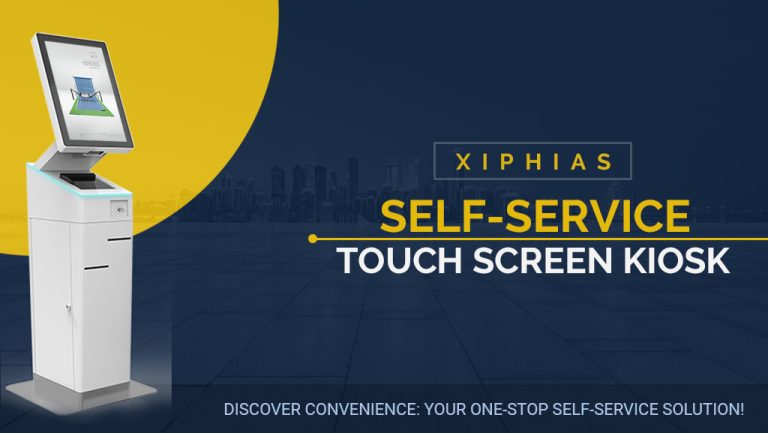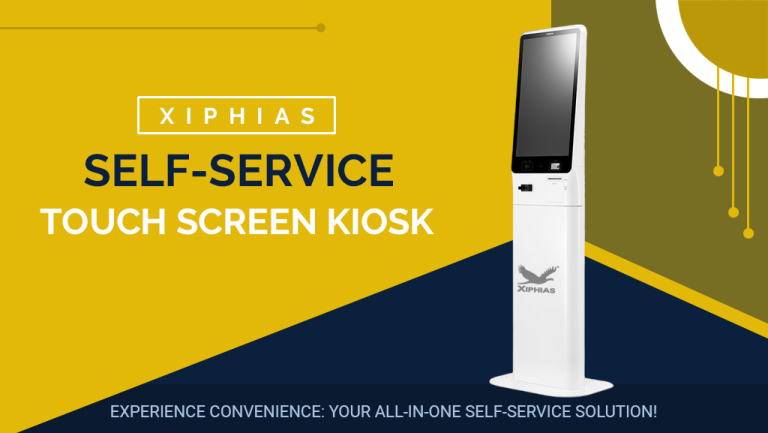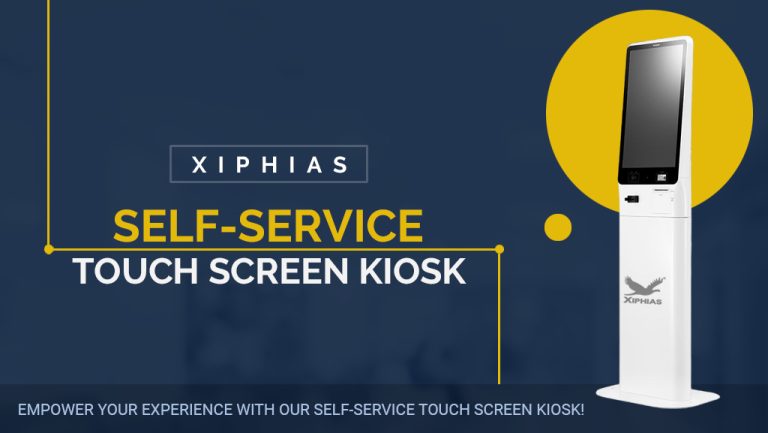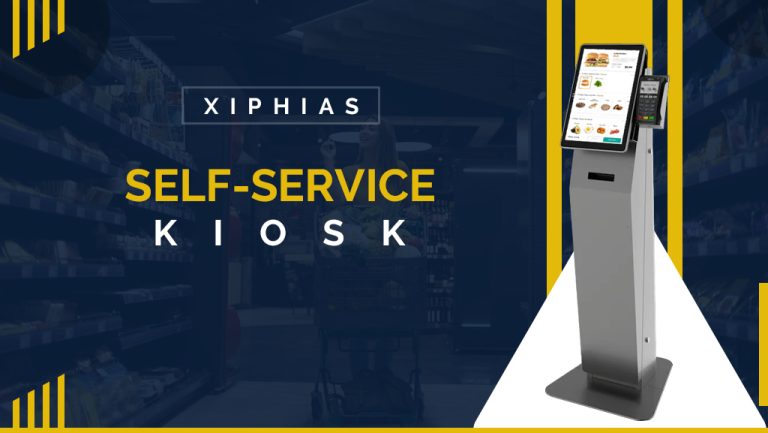How to Train Your Employees to Use the Self-Service Kiosk?
Self-service kiosks have become an increasingly popular way for businesses to streamline their operations while providing customers with a quick and easy way to access their products or services. However, for many employees, using a self-service kiosk can be intimidating and overwhelming. In this blog post, we will explore some effective strategies for training your employees to use self-service kiosks, so that they can confidently assist customers and contribute to the success of your business.
Understanding the Benefits of Self-Service Kiosks
Before diving into the specifics of training your employees, it is important to first understand the benefits of self-service kiosks. Self-service kiosks can save time, reduce labor costs, and improve customer satisfaction. By allowing customers to complete transactions independently, businesses can reduce wait times, increase efficiency, and free up employees to focus on other tasks. Additionally, self-service kiosks can help businesses collect valuable data on customer behavior and preferences, which can inform future marketing strategies and product development.
Identifying Key Features of Your Self-Service Kiosk
Before you can train your employees on how to use the self-service kiosk, you need to have a thorough understanding of its features and capabilities. Start by identifying the key functions of your kiosk, such as payment processing, order placement, or information lookup. Then, take some time to familiarize yourself with the user interface and any necessary troubleshooting steps. Once you feel confident using the kiosk yourself, you can begin training your employees.
Developing a Training Program
To effectively train your employees on how to use the self-service kiosk, it is important to develop a comprehensive training program. This program should include both hands-on training and written materials, such as user manuals and troubleshooting guides. Your training program should also be tailored to the specific needs of your business and employees. Consider factors such as the size of your workforce, the skill level of your employees, and the complexity of your self-service kiosk.
Hands-On Training
One of the most effective ways to train your employees on how to use the self-service kiosk is through hands-on training. This can include both group training sessions and one-on-one training with individual employees. During these training sessions, your employees should have the opportunity to practice using the kiosk in a simulated environment, such as a training room or mock store setting. Encourage your employees to ask questions and provide feedback during these sessions, and be sure to address any concerns or issues they may have.
Written Materials
In addition to hands-on training, it is also important to provide your employees with written materials that they can refer to when using the self-service kiosk. These materials should include a user manual that outlines the key functions and features of the kiosk, as well as troubleshooting guides that address common issues or error messages. These materials should be easily accessible to your employees, either in print or through a digital platform such as an employee portal or shared drive.
Ongoing Support and Feedback
Even after your employees have completed their initial training, it is important to provide ongoing support and feedback as they continue to use the self-service kiosk. This can include regular check-ins with individual employees, as well as periodic refresher training sessions to ensure that your employees are staying up-to-date with any changes or updates to the kiosk. Additionally, encourage your employees to provide feedback on their experience using the kiosk, and use this feedback to make improvements and adjustments to your training program as needed.





I love this article this article provides insightful strategies for businesses to train their employees on how to effectively use self-service kiosks. It emphasizes the importance of first understanding the benefits of self-service kiosks, which include saving time, reducing labor costs, and improving customer satisfaction. To successfully train employees, businesses should identify the key features of their kiosk, develop a comprehensive training program, and provide both hands-on training and written materials. Ongoing support and feedback are also critical to ensure that employees remain confident and proficient in using the kiosk. By following these strategies, businesses can streamline their operations and enhance the customer experience.
Are you looking for Write My Dissertation For Me?